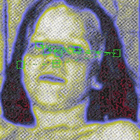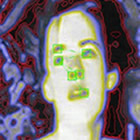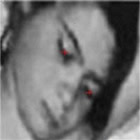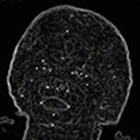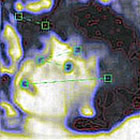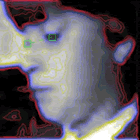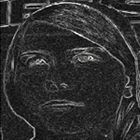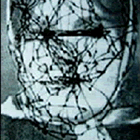| Organe de presse | ||||
| HOME | ||||
|
|||||||||
| Droit Fondamental | |||||||||
| Karien
De Cuyper Réseau Zandvoort Belgique |
Manuel
Schadwald Réseau Zandvoort
Allemagne |
Magdalena
Gruszacka Réseau Zandvoort Pologne |
| Cécile
Bloch Réseau Zandvoort
France |
X
Réseau Zandvoort France |
Casey
Rose Bohun Réseau Zandvoort Canada |
Nicole Louise Morin Réseau Zandvoort Canada |
Natasha Kampuch Enlevée durant 8 ans
Autriche |
Yvan le Terrible John Demjanjuk Sobibor ou Tremblinka |
IDENTIFICATION SERVICE BY BIOMETRICAL ANALYSIS OF PHOTOGRAPHS
The need for an identification service of accessible
to the public appeared with the unwillingness of the authorities to
identify victims and criminals of the paedocriminal network of Zandvoort.
Several photomontages presenting murdered or missing little girls on
boys’ bodies was enough to close investigations and for the press to
ridicule mothers who had recognized their children, under pretext which
"the girl was a boy". Their where other absurd cases, such
as when the Dutch police force confirmed a false identification of a
five year old child. Besides the swindle, the unfortunate child would
have to be treated for a sexual abuse which had never had happened and
being educated in a phobia of the sex, rather than to let to him live
his childhood.
An undeniable identification with the programs MIT
Some have a better eye than of other to recognize a person on an old photograph, but only the biometrical data-processing comparative analysis is undeniable. Some part of the face does not vary with time, but vary even between twins, such as the distance between the eyes and the nostrils, the similarities between ears and the zygomatics. In the same way, certain data-processing programs are better than others, the prices varying a few hundreds with a few tens of thousands of euro.
Their differences are at the level of the possibilities of identification: a sophisticated program will make it possible to identify a person on two photographs presenting it with an important difference in age, weight and a variation of the position of the face, whereas a summary program identifies only two photographs taken in the same position and the same age.
In other words, even if a simple programme cannot make a false recognition due to the fact that it does not manage to detect enough points in common, it is liable to give a negative result, when the best programme will prove mathematically that two pictures compared represent the same person.
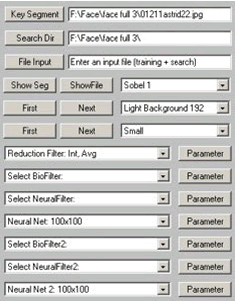 The
programs MIT are among the champions, developed by years of research
with the price of several hundreds of million dollars. They offer
99% reliability for the clearest images, of 90% for the least clear
images, and a better reduction of impacts position of the face.
The
programs MIT are among the champions, developed by years of research
with the price of several hundreds of million dollars. They offer
99% reliability for the clearest images, of 90% for the least clear
images, and a better reduction of impacts position of the face.
How does it work? The photographs of the unknown person
will belong to group A; The photographs of the known person will
belong to the group B. The program will choose the two photographs,
one in each group, which has the most points in common. It will
then be able to do up to 125.000-tests. It will calculate the points
of the photograph to determine whether there has been of photomontage.
It will put the faces in three dimensions to reposition the faces.
It will calculate and compare each feature which makes a person
single. When the two photographs present a metrical difference (A
number N lines and P columns) lower than 300.000, the number of
common points between the faces does not make it possible any more
to dispute it is the same person.


